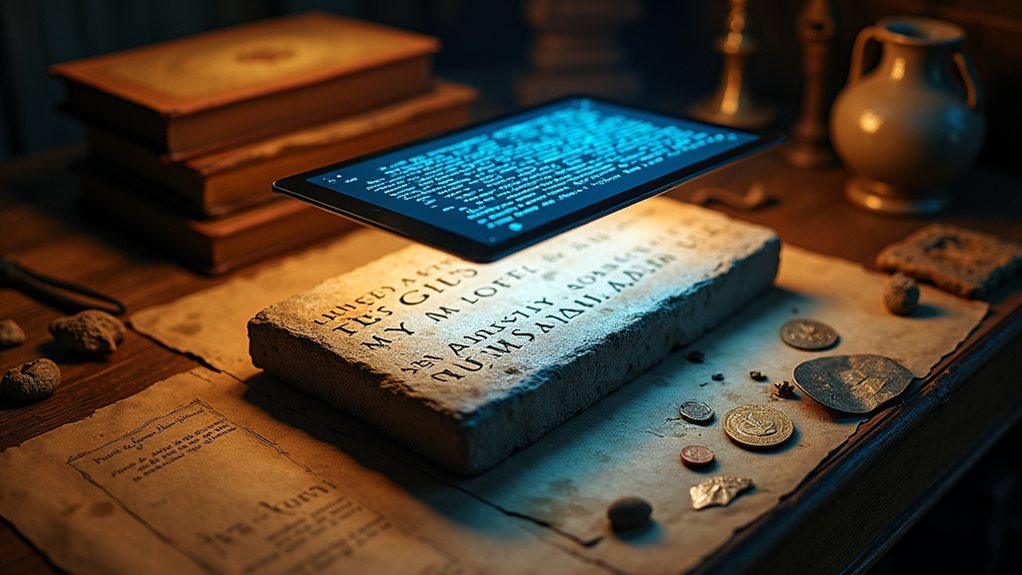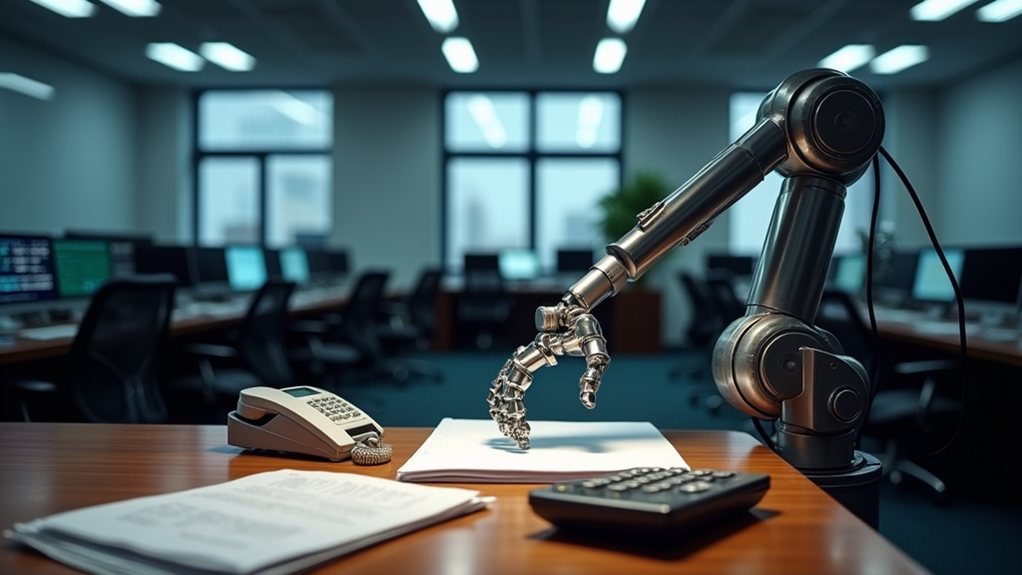Artificial Intelligence is giving historians a run for their denarii by efficiently decoding ancient Roman inscriptions, like the cryptic Res Gestae Divi Augusti, with sophisticated analysis. The Aeneas AI tool deciphers political intentions and predicts timeframes with just a 13-year margin of error. Impressive, right? Yet, even state-of-the-art tech can’t fully replace humans. Experts provide cultural insights and context that AI lacks. Fancy more ancient adventures with AI’s helping hand? Stay tuned!
Take the example of the Res Gestae Divi Augusti. This inscription has played hard-to-get with its imperial undertones.
Res Gestae Divi Augusti, enigmatic with its imperial hues, remains elusive to easy interpretation.
But *Aeneas*? It picked out political messaging subtleties faster than you can swipe right. Historians are suddenly finding freedom from the slog of decoding, letting them pontificate on broader connections to their hearts’ content. The system employs sophisticated feature engineering techniques to transform ancient text patterns into analyzable data points.
The use of Aeneas in analyzing inscriptions, which can predict the approximate time and place of these ancient writings with a margin of error of only 13 years, exemplifies the advancements in AI technology. Interestingly, the study showcasing these findings was published in Nature on July 23, 2025, reflecting the growing importance of AI in historical research. But hold your applause. *Aeneas* might be the Beyoncé of AI tools, but it doesn’t take its human backup singers for granted.
Sometimes, there are simply no external clues—dates or provenance—that even the most advanced AI can decode. Here, flesh-and-bone experts step in to validate predictions and offer cultural context.









